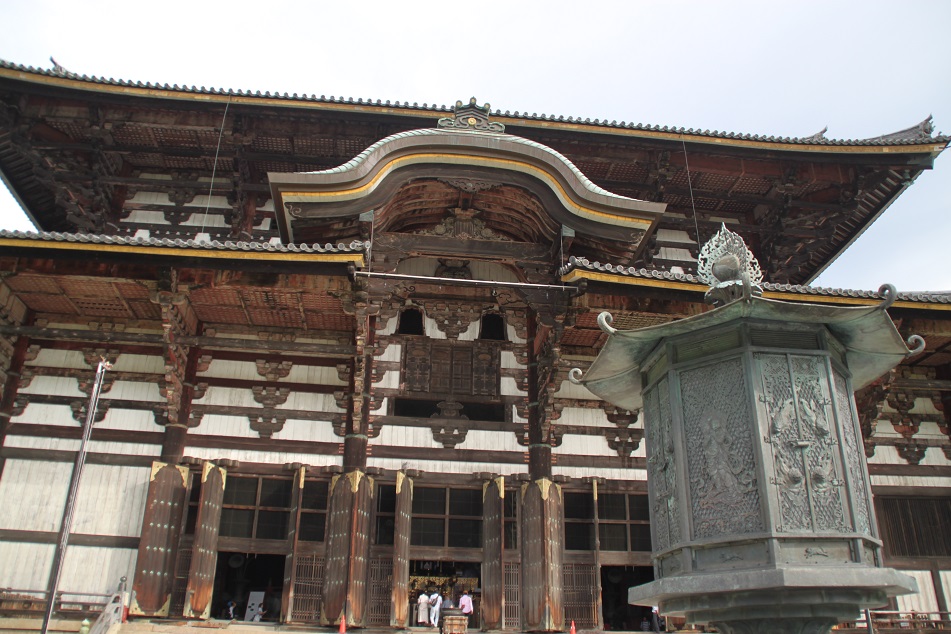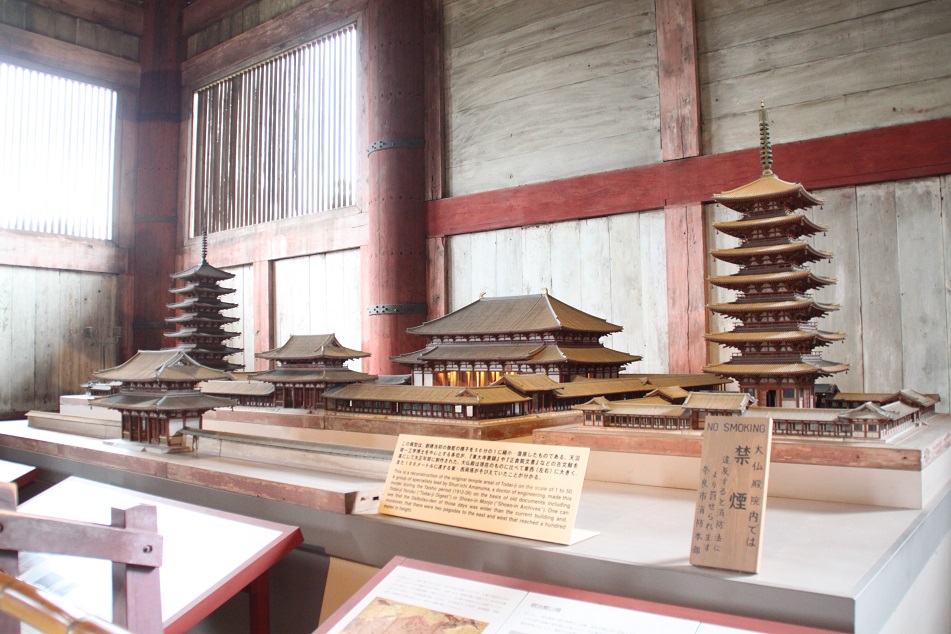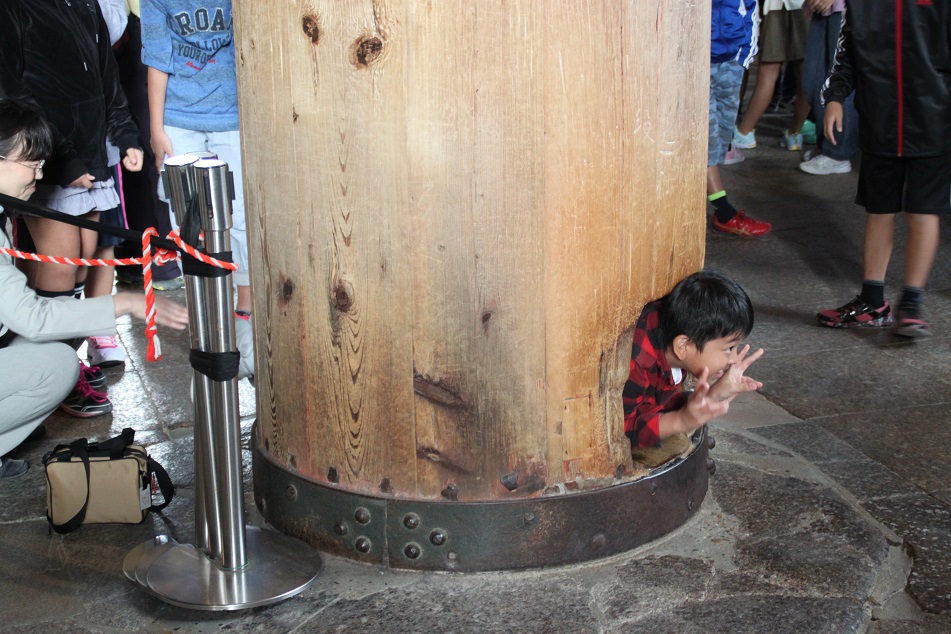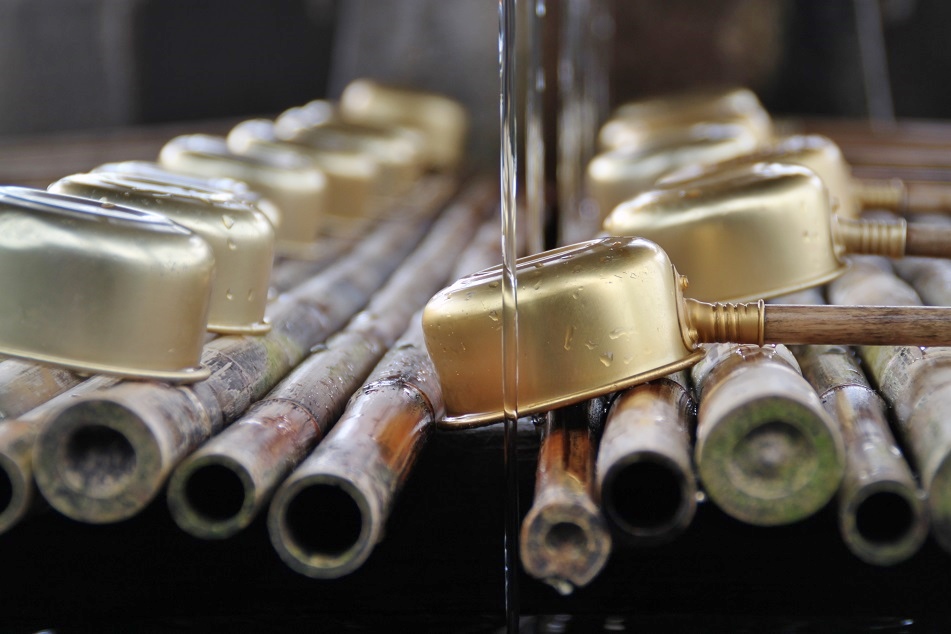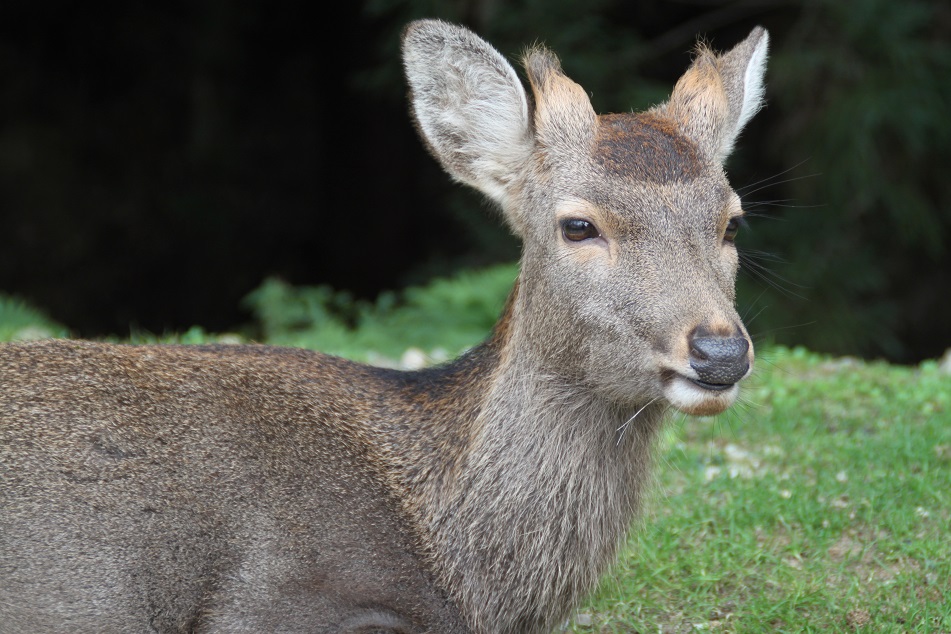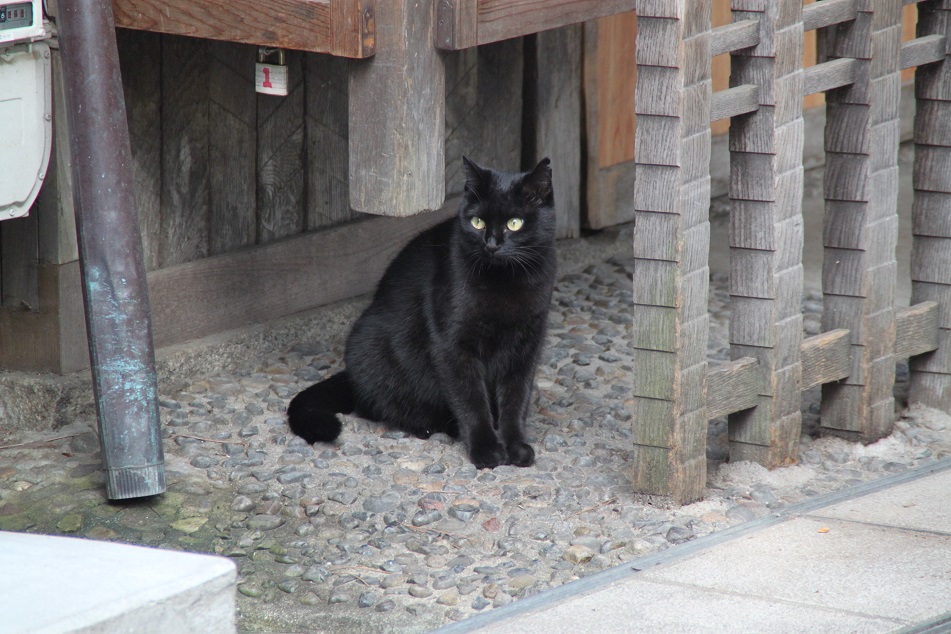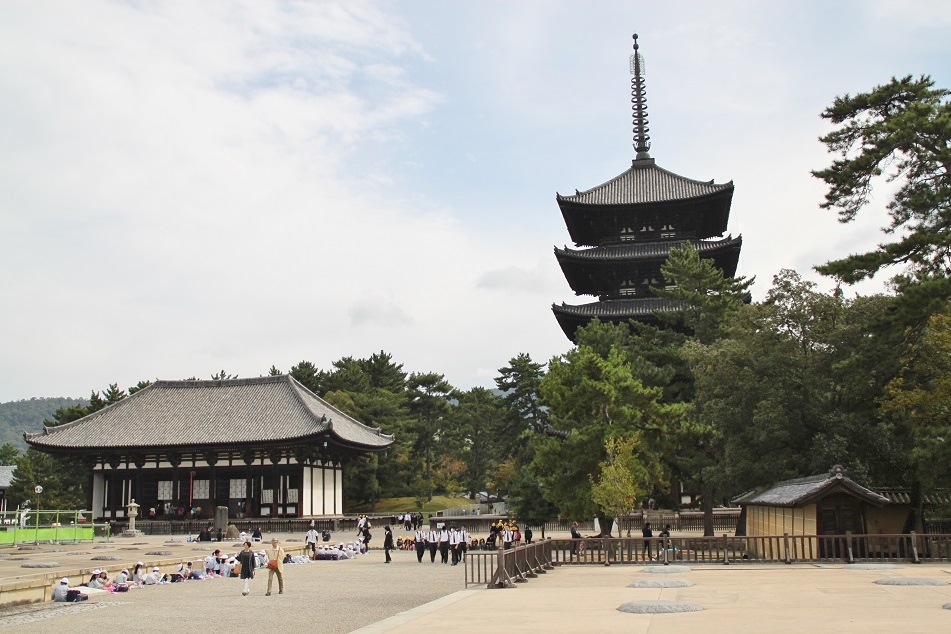Holidays are usually a time that people use to decouple themselves from the stress of work and reconnect with things they love; this often involves sleeping in and waking up whenever their bodies want. But when that thing you love is related to outdoor photography in which the weather plays an important factor in deciding when and where to go, your day can in fact start in a more challenging way than your usual weekday routines. This is exactly what happened to James and I on the day we took a day trip from Kyoto – Japan’s capital for more than 1,000 years until it moved to Tokyo – to Nara, another ancient capital of the country some 40 kilometers south of Kyoto.
The problem was the weather in Nara throughout our stay in Japan was forecast to be mostly cloudy, except for one day when the sun was supposed to shine briefly over the city around 9:30 in the morning. Given the distance between Kyoto and Nara, the travel time, and the number of trains we had to take, we decided to leave our hotel when the sun had not even risen on that day. “I thought we were on holiday,” James protested while still half-asleep. However, being Japan we knew that the trains would depart on time, making the entire journey an efficient one.
We arrived in Nara about an hour later with thick grey clouds welcoming us to the city. Slowly making our way to Todai-ji, one of Nara’s most important ancient temples, we reached its outer gate just after 9am. In the parks around the historic center of Nara hundreds of spotted deer roam freely with curious human visitors occasionally approaching to feed them. The ubiquity of the animal in the city is in fact attributed to the legend of Takemikazuchi, Japan’s own god of thunder, who descended from heaven to Nara on a white deer to protect the newly-built capital. Nowadays, however, the spotted deer seem to be more interested in getting treats from humans.
We walked further toward the main building of Todai-ji, and as if a magical spell was cast upon the sky, at 9:25 the clouds in the east cleared up just enough for the sun to shine over the magnificent ancient structure. Apparently in Japan it’s not only the train timetable that is reliable, but also the weather forecast – alongside many other things.
The current early-18th century temple hall of Daibutsuden – Todai-ji’s most important building – is currently the world’s largest wooden structure that is not built in modern times, although it is actually 30% smaller than its predecessor which was destroyed by fire. Beneath its lofty ceiling sits the Great Buddha, a 16-meter statue which took years to complete and cost the country a great fortune for the enormous amount of bronze and gold needed to create it. Thanks to its importance as the central administrative temple for multiple Buddhist schools in eighth-century Japan, Todai-ji was chosen to be the home for such an important statue of the Buddha.
However, being an introduced belief system as opposed to the native religion of Shinto, it took great efforts to spread Buddhism across the Japanese archipelago. A monk by the name of Gyoki was accredited for reconciling Vairocana (an embodiment of one of the qualities of the Buddha) with the worship of Amaterasu (a Shinto deity known as the goddess of the sun) after he successfully convinced the oracle at an important Shinto shrine about his concept.
Did the fact that the sun come out just in time for us have anything to do with Amaterasu?
We entered Daibutsuden and marveled at the colossal Buddha sitting at the center of the building. On one corner, a model of Todai-ji’s previous structure was on display, allowing visitors to imagine its grandeur during the temple’s heyday. But for the Japanese school children who went around the same time with us, a hollowed-out wooden pillar was far more attractive than anything else within the structure. Apparently it is believed that those who can go through the hole will be blessed with enlightenment, although those kids seemed to be doing it just for fun.
Kids will be kids, in Japan or any other places around the globe. But as we walked back to the train station to return to Kyoto, a scene reminded us that Japan is truly unlike any other country in the world: a cat was patiently waiting for the pedestrian traffic signal to turn green before crossing the street. Mind you there was not much traffic to begin with – it just appeared that in this country, rules were indeed made to be respected.
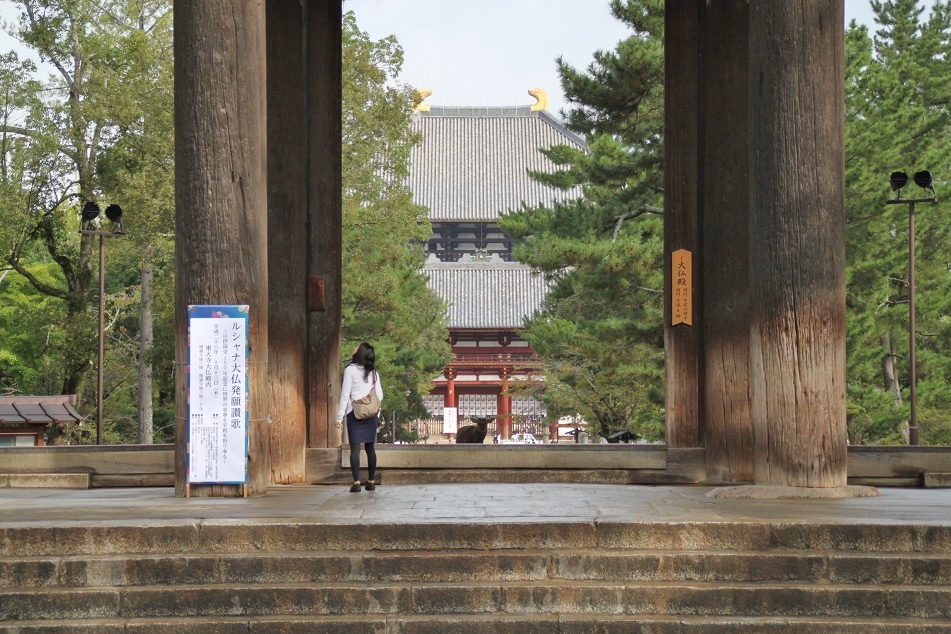

Daibutsuden (the Great Buddha Hall) at the Core of Todai-ji
